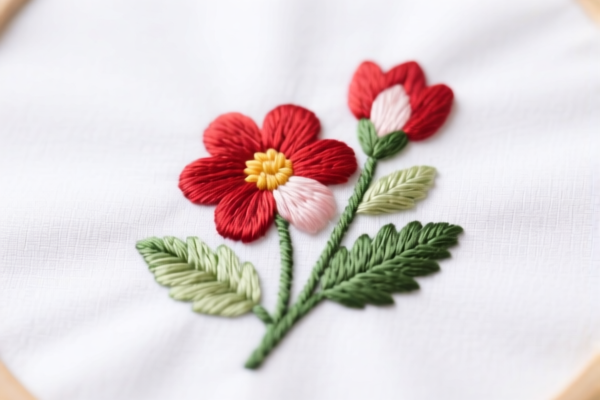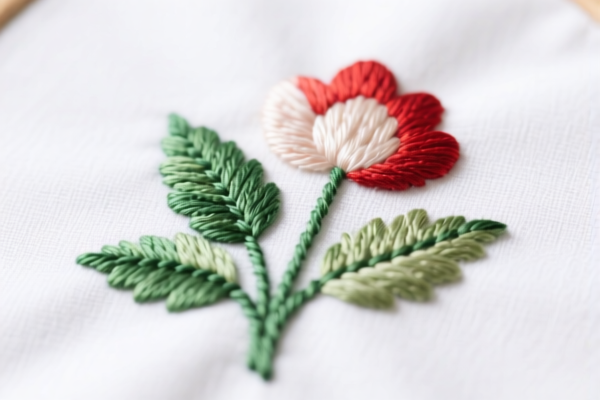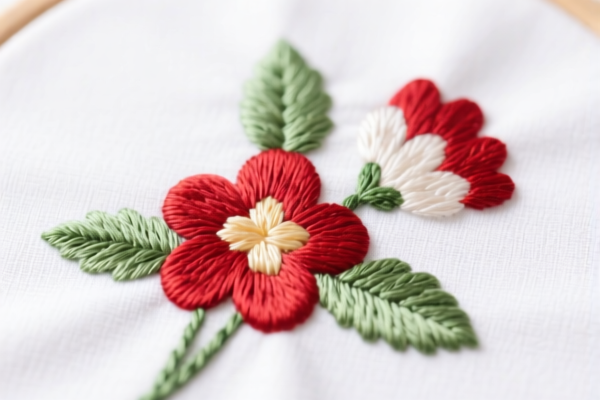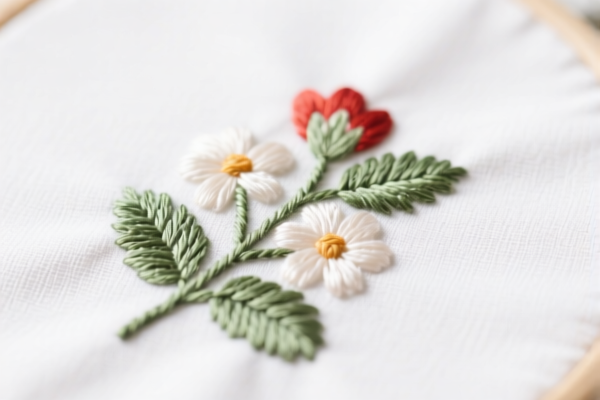| HS Code | Official Doc | Tariff Rate | Origin | Destination | Effective Date |
|---|---|---|---|---|---|
| 5810100000 | Doc | 69.1% | CN | US | 2025-05-12 |
| 5810999000 | Doc | See additional U.S. note 5+30.0% | CN | US | 2025-05-12 |
| 5808900010 | Doc | 58.9% | CN | US | 2025-05-12 |
| 6217909075 | Doc | 52.1% | CN | US | 2025-05-12 |
| 6217909095 | Doc | 52.1% | CN | US | 2025-05-12 |
| 6212103000 | Doc | 42.3% | CN | US | 2025-05-12 |
| 6212105010 | Doc | 54.4% | CN | US | 2025-05-12 |
| 6214900090 | Doc | 48.8% | CN | US | 2025-05-12 |
| 6214101000 | Doc | 38.7% | CN | US | 2025-05-12 |
| 6307908910 | Doc | 37.0% | CN | US | 2025-05-12 |
| 6307908910 | Doc | 37.0% | CN | US | 2025-05-12 |
| 6308000010 | Doc | 48.9% | CN | US | 2025-05-12 |
| 6308000020 | Doc | 48.9% | CN | US | 2025-05-12 |
| 6117909003 | Doc | 52.1% | CN | US | 2025-05-12 |
| 6117909080 | Doc | 52.1% | CN | US | 2025-05-12 |
| 6114909010 | Doc | 35.6% | CN | US | 2025-05-12 |
| 6114909045 | Doc | 35.6% | CN | US | 2025-05-12 |
| 5705002015 | Doc | 58.3% | CN | US | 2025-05-12 |
| 5705002090 | Doc | 58.3% | CN | US | 2025-05-12 |
| 5702492000 | Doc | 59.0% | CN | US | 2025-05-12 |
| 5702992000 | Doc | 57.7% | CN | US | 2025-05-12 |
| 9601908000 | Doc | 41.2% | CN | US | 2025-05-12 |
| 9602001040 | Doc | 40.5% | CN | US | 2025-05-12 |
| 9602005080 | Doc | 40.2% | CN | US | 2025-05-12 |
| 3503005550 | Doc | 2.8¢/kg + 3.8%+37.5% | CN | US | 2025-05-12 |




Rose Flower Embroidery
Rose flower embroidery is a decorative art form utilizing needle and thread to create representations of roses on fabric. It encompasses a broad range of techniques and styles, historically and geographically diverse.
Materials
- Fabric: Linen, cotton, silk, and blends are common choices. The fabric weight and weave influence the final appearance and suitability for different stitches.
- Thread: Embroidery floss, silk thread, cotton thread, and metallic threads are frequently used. Thread weight and color variety contribute to the realism and artistic expression.
- Needles: Embroidery needles, also known as crewel needles, are characterized by a large eye to accommodate multiple thread strands. Needle size is chosen based on fabric and thread weight.
- Hoop/Frame: Used to maintain fabric tautness during the embroidery process.
- Scissors: Small, sharp scissors are essential for precise thread trimming.
- Optional: Transfer paper or water-soluble markers for pattern tracing, stabilizers for fabric support.
Purpose & Function
Historically, rose embroidery served both decorative and symbolic functions:
- Decoration: Adorning clothing, household linens, wall hangings, and accessories.
- Symbolism: Roses carry rich symbolic meanings (love, beauty, secrecy) that were often conveyed through embroidery. Red roses represented love, white purity, and yellow friendship.
- Artistic Expression: A medium for skilled artisans to showcase their creativity and technique.
- Modern Applications: Contemporary embroidery is often used as a form of fine art, fashion embellishment, or personalized gift creation.
Techniques
Numerous stitches are employed in rose flower embroidery:
- Satin Stitch: Creates a smooth, glossy surface, often used for rose petals.
- Long and Short Stitch: Mimics natural shading and texture, commonly used for petal detailing.
- French Knots: Adds texture and dimension, useful for rose buds or highlights.
- Stem Stitch: Outlines rose stems and leaves.
- Chain Stitch: Creates bold outlines or fills areas with texture.
- Lazy Daisy Stitch: Forms individual petals.
- Split Stitch: Creates textured lines and outlines.
- Blanket Stitch: Used for edging or decorative borders.
Usage Scenarios
- Clothing Embellishment: Embroidered roses on dresses, blouses, jackets, and accessories.
- Home Decor: Wall hangings, pillow covers, tablecloths, curtains, and quilts.
- Accessories: Handbags, hats, scarves, and jewelry.
- Art Pieces: Framed embroidery as standalone artwork.
- Personalized Gifts: Monogrammed or customized embroidery on various items.
Common Types/Styles
- Crewel Embroidery: Characterized by fine, detailed designs using crewel wool. Often features naturalistic rose motifs.
- Redwork Embroidery: Uses red thread on white fabric, historically associated with folk art.
- Whitework Embroidery: Uses white thread on white fabric, creating subtle, textured rose designs.
- Silk Embroidery: Utilizes silk thread for a luxurious, shimmering effect. Common in Chinese embroidery traditions.
- Goldwork Embroidery: Incorporates gold and metallic threads for opulent rose designs.
- Appliqué Embroidery: Combines fabric pieces with embroidery to create rose motifs.
- Freehand Embroidery: Embroidery created without a pre-defined pattern, allowing for greater artistic freedom.
- Mountmellick Embroidery: A distinctive Irish embroidery style, often featuring raised rose motifs.
- Schwalm Embroidery: A traditional German embroidery style known for its delicate white-on-white rose designs.
Rose flower embroidery falls under several HS codes depending on the specific form and composition of the item. Here's a breakdown based on the provided information:
- 5810.10.00.00: This HS code covers “Embroidery in the piece, in strips or in motifs: Embroidery without visible ground”. This applies if the rose flower embroidery is done on a fabric base where the ground fabric is not clearly visible, meaning the embroidery densely covers the base material. The total tax rate is 69.1%, comprised of a basic tariff of 14.1% and an additional tariff of 25.0%, increasing to 30.0% after April 2, 2025.
- 5810.99.90.00: This HS code covers “Embroidery in the piece, in strips or in motifs: Other embroidery: Of other textile materials: Other”. This applies if the embroidery is not without a visible ground (as in 5810.10.00.00) and is made of other textile materials. The tax detail indicates a need to refer to additional U.S. note 5, with an additional tariff of 0.0% currently, increasing to 30.0% after April 2, 2025. The total tax rate is "See additional U.S. note 5+30.0%".
- 6212.10.30.00: If the rose flower embroidery is part of a brassiere “Containing lace, net or embroidery: Containing 70 percent or more by weight of silk or silk waste”, this HS code applies. The total tax rate is 42.3%, consisting of a basic tariff of 4.8% and an additional tariff of 7.5%, increasing to 30.0% after April 2, 2025.
- 6212.10.50.10: If the rose flower embroidery is part of a brassiere “Containing lace, net or embroidery: Other Of cotton”, this HS code applies. The total tax rate is 54.4%, consisting of a basic tariff of 16.9% and an additional tariff of 7.5%, increasing to 30.0% after April 2, 2025.
Important Note: For HS codes 6212.10.30.00 and 6212.10.50.10, the composition of the brassiere (specifically the percentage of silk or cotton) is crucial for correct classification.
Suggestion: When declaring items under HS codes 6212.10.30.00 or 6212.10.50.10, be prepared to provide documentation verifying the material composition (percentage of silk or cotton) of the brassiere.
Customer Reviews
No reviews yet.